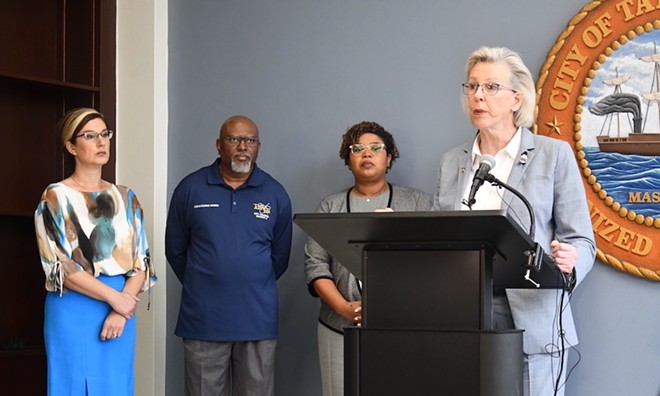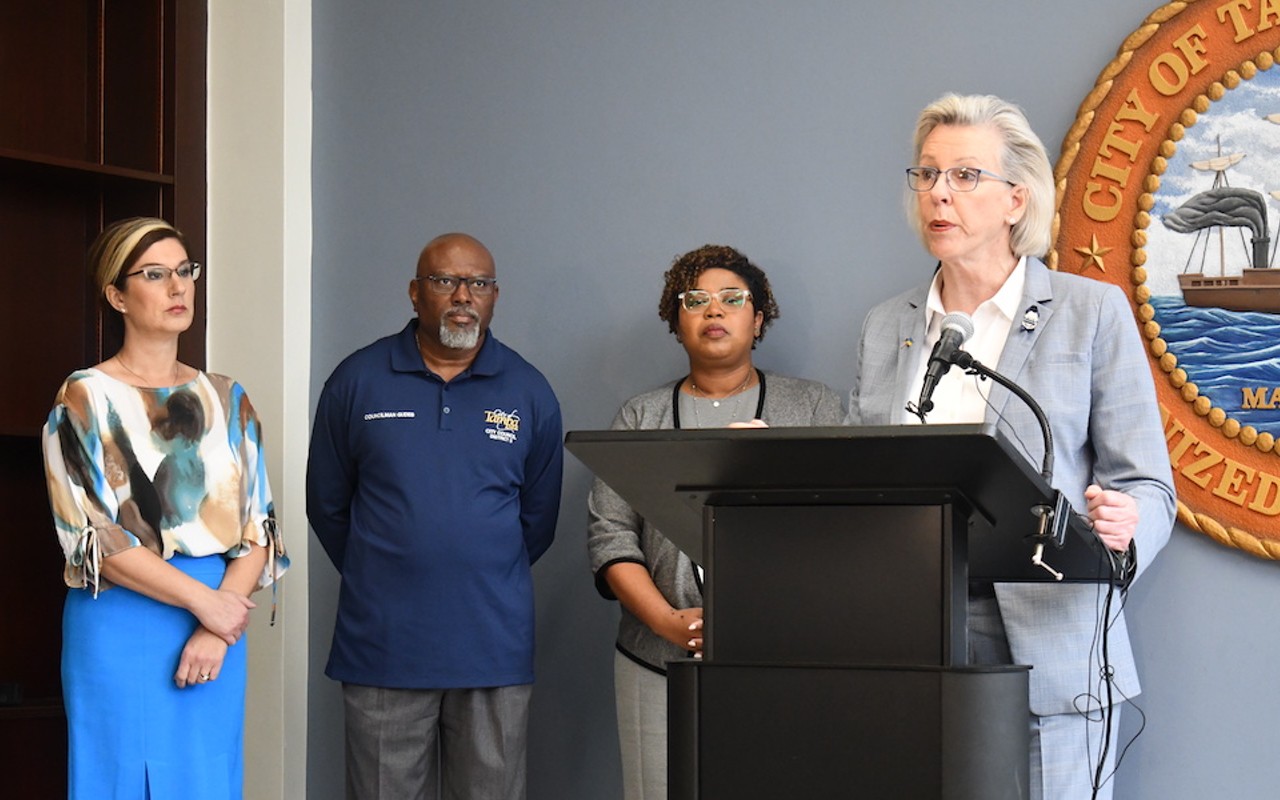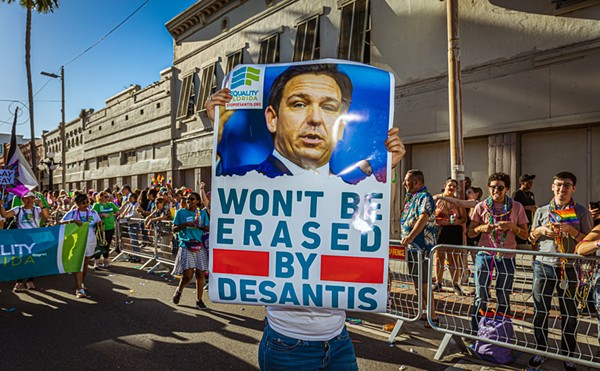What Castor didn't mention is that over half of her "Tampa Strong" political action committee (PAC) is funded by sources tied to development.
Records from the Florida Division of Elections website show that, $539,950 out of $1,039,180.93—roughly 52%— came from donors who fit into categories aligned with industries associated with development.
These categories include: real estate and construction firms, private equity firms, real estate attorneys, engineering firms and developers.
Real estate firms gave the most out of all of these categories, coming in at $323,350. Contributions from construction groups came in second at $128,600.
Tampa Bay Lightning owner and local mega-developer Jeff Vinik gave $194,000, or 18.6% of the funding for the PAC.
At the press conference last week, Castor announced that $5 million of city taxpayer general funds will go to subsidize private landlords who have increased rent. A reporter asked if rent stabilization would be a more effective option.
"We have looked at rent stabilization and also capping rents, but what that does is, and I know it's difficult for individuals that are struggling right now, I fully understand that. But those aren't the answers," Castor said. "It's supply and demand. If we put the caps on rents, rent stabilization, that's going to kill development in our particular area. Developers are going to go to other locations throughout the United States that will welcome them and their projects."
The $5 million in city funding allocated toward rent increases is already on pause, at 960 applicants.
Tampa City Council Chair Orlando Gudes told CL that he didn't agree with Castor's outlook on rent stabilization.
"I don't think it would drive away developers, I talk to them regularly," Gudes said. "What we need is a plan that will work for everyone."
Creative Loafing Tampa Bay reached out to the city's communications director about the mayor's funding sources and whether or not it affects her decision making on rent stabilization, but has not yet received a response.
St. Petersburg Mayor Ken Welch—whose campaign was also funded largely by developers—didn't just make a blanket statement against rent control and move on. He contracted Harvard University students to provide a report on rent control and affordable housing.
The Welch administration ended up making the same arguments that Castor's administration originally waged, saying that state law makes the rent control process burdensome and could cost the city millions. On Feb. 11, St. Pete City Council voted against declaring a housing state of emergency, the first step toward enacting rent control, citing the cost and difficulty.
Evidence from some of America's largest and most successful cities shows rent control helps protect renters, and development doesn't disappear.
New York City, New Jersey and Washington D.C. have also implemented rent control, as have an estimated 182 municipalities in the U.S.
"Despite decades of false 'sky is falling' alarmism by the well-funded landlord lobby, rent control has done more to keep housing affordable and keep people in affordable housing than any other program in New York’s history," Cea Weaver, Campaign Coordinator for NYC's Housing Justice for All, wrote in an op-ed for The Hill. "Nearly one million rent-regulated apartments house over 2 million renters with a median income of just $35,000, renters who would be either homeless or faced with crippling rent burdens without the protections that New York’s rent laws offer."
Real estate economists and landlord lobbies have argued that rent control ruins cities.
The Manhattan Institute, a self-described "leading voice of free-market ideas" argues that rent control does harm in attempting to protect low-income renters.
"Rent control is not the way to increase the amount of affordable housing, nor is it a solution to poverty, inequality, or segregation. Instead, it acts to restrict the supply of housing, transferring wealth to current tenants at the expense of future and market-rate tenants," the Manhattan Institute published in a 2020 report. "Insiders—those living in rent-protected units—generally win at the expense of outsiders. In an effort to resist gentrification, rent control leads to the decay of the buildings, as owners have less revenue to spend on maintenance and improvements."





















